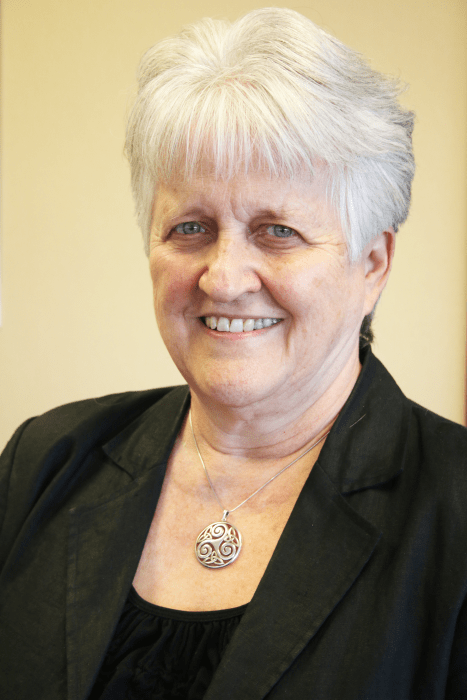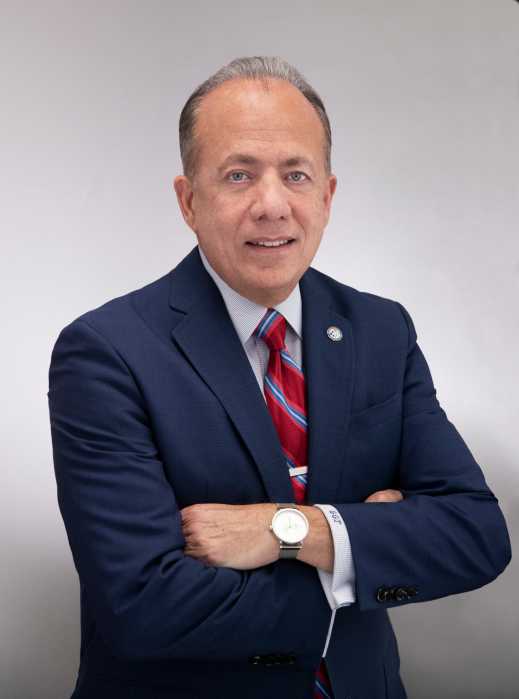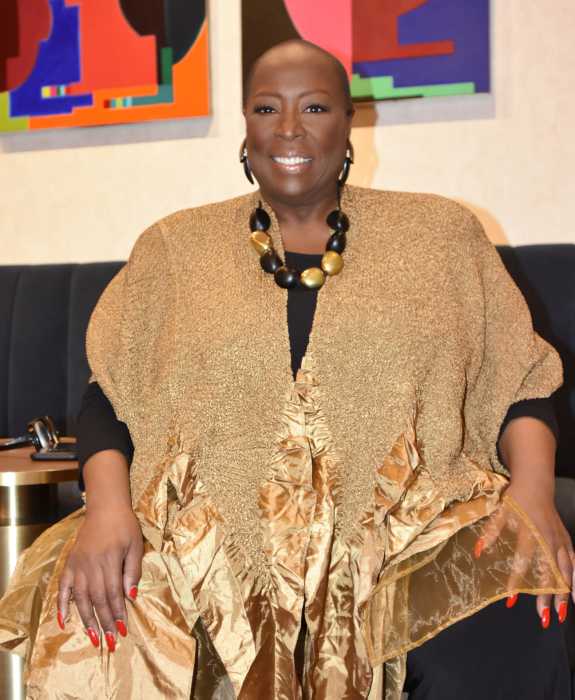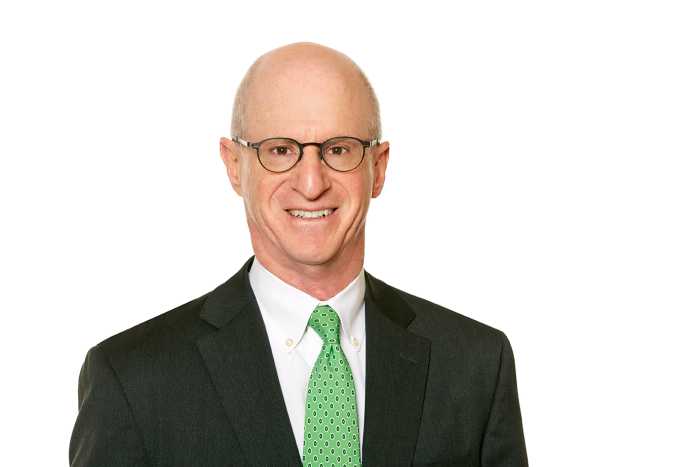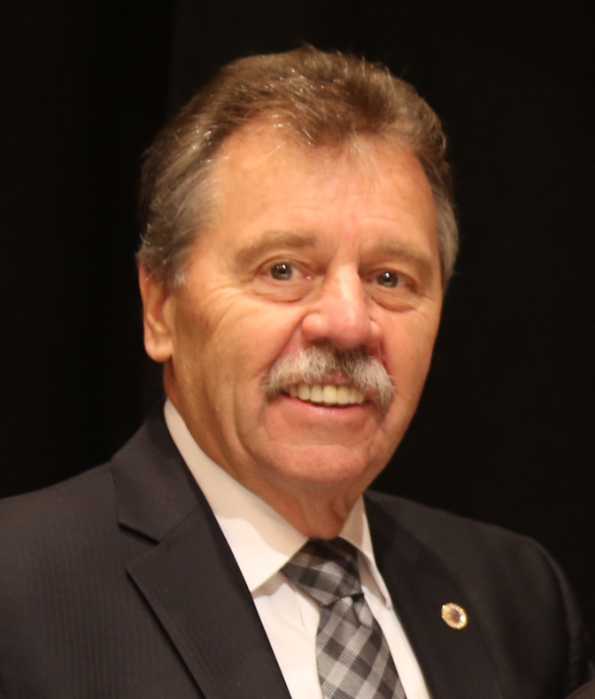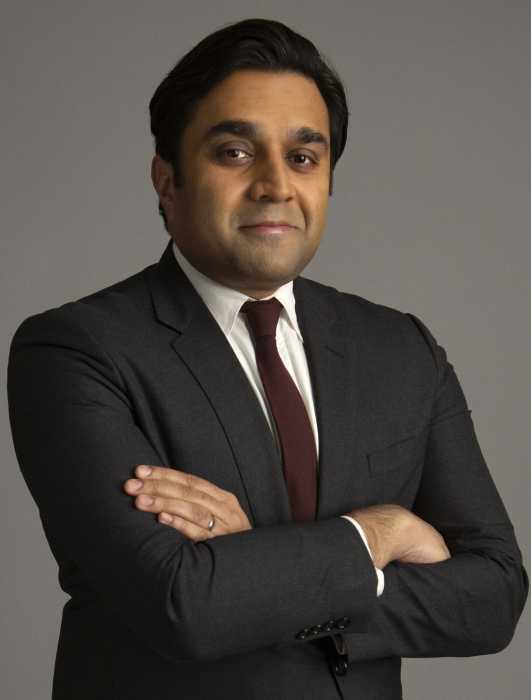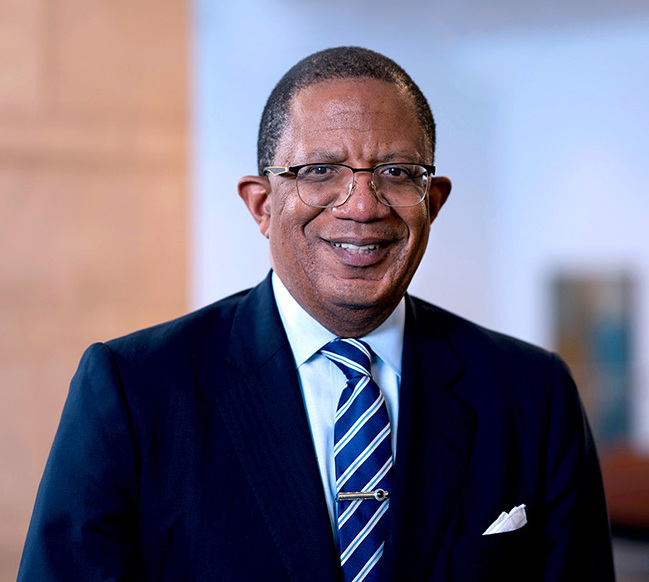Wendy Stark joined Planned Parenthood of Greater New York as president and CEO in October 2022. A lifelong champion for equitable access to sexual and reproductive health care, Wendy has nearly 30 years of leadership and advocacy experience in the health care space. In her previous position as executive director at Callen-Lorde Community Health Center, Wendy was instrumental in the growth of the organization, doubling its health care capacity, and expanding its geographical presence.
Why did you decide to pursue a career in health care?
Growing up in Las Vegas, I was raised in a family that respected and valued the right to bodily autonomy in all its forms and instilled in me the importance of always striving to build a world in which that right is true for everyone. My career has been focused on creating access to affirming health care as a human right with a north star of health equity and justice.
What is the biggest challenge currently facing New York’s health care system?
There are New Yorkers who still aren’t able to access sexual and reproductive care due to abortion deserts, economic challenges, or other structural barriers. Meanwhile, following the overturning of Roe v. Wade, New York has become an abortion access state for people traveling from states hostile toward reproductive health care. We must do everything in our power to ensure that abortion remains legal and equitably accessible to every person who seeks this essential health service.
How can New York State ensure access to affordable health care?
Providing equitable access to health care for all New Yorkers will require cross-sector collaboration and partnership across public and private stakeholders. In addition to universal health care coverage, we need affordable childcare options to support parents; improvement of care options for LGBTQ+ communities; and a fair living wage, just to name a few.
What does the future of health care look like?
We are facing an abortion access crisis in this country. I remain optimistic that together we can meet the moment and continue providing high-quality sexual and reproductive health care to New Yorkers while expanding services to support those who come to us from out-of-state to seek help. The future of health care is affordable access to affirming care when, where, and how people need it.



